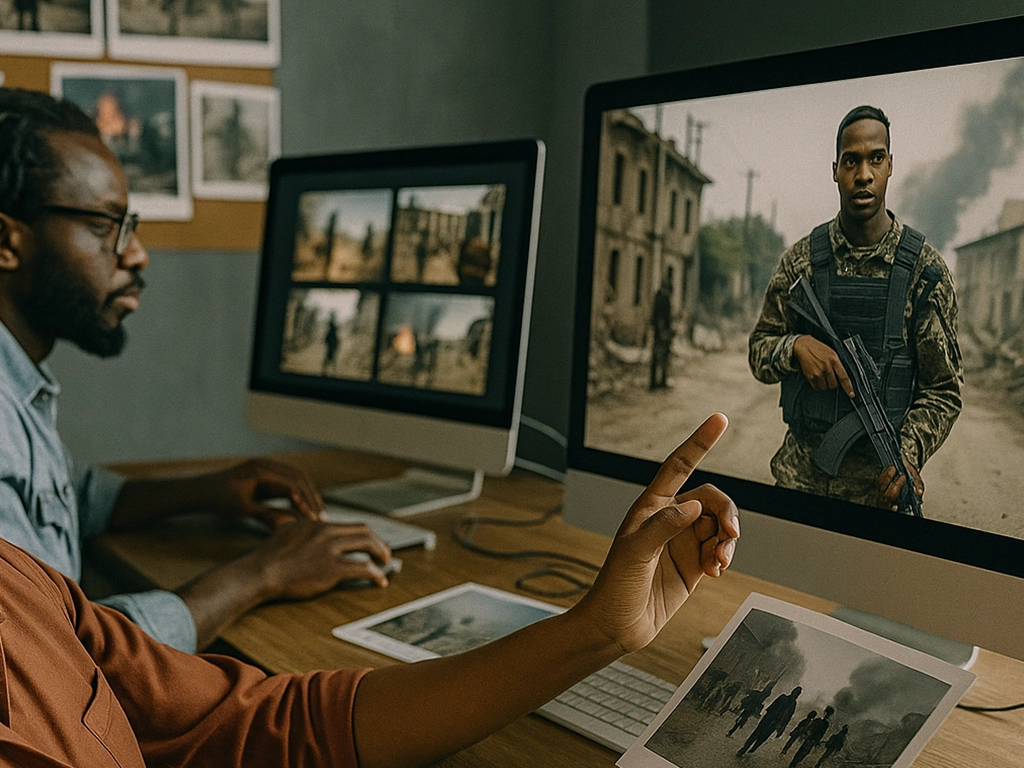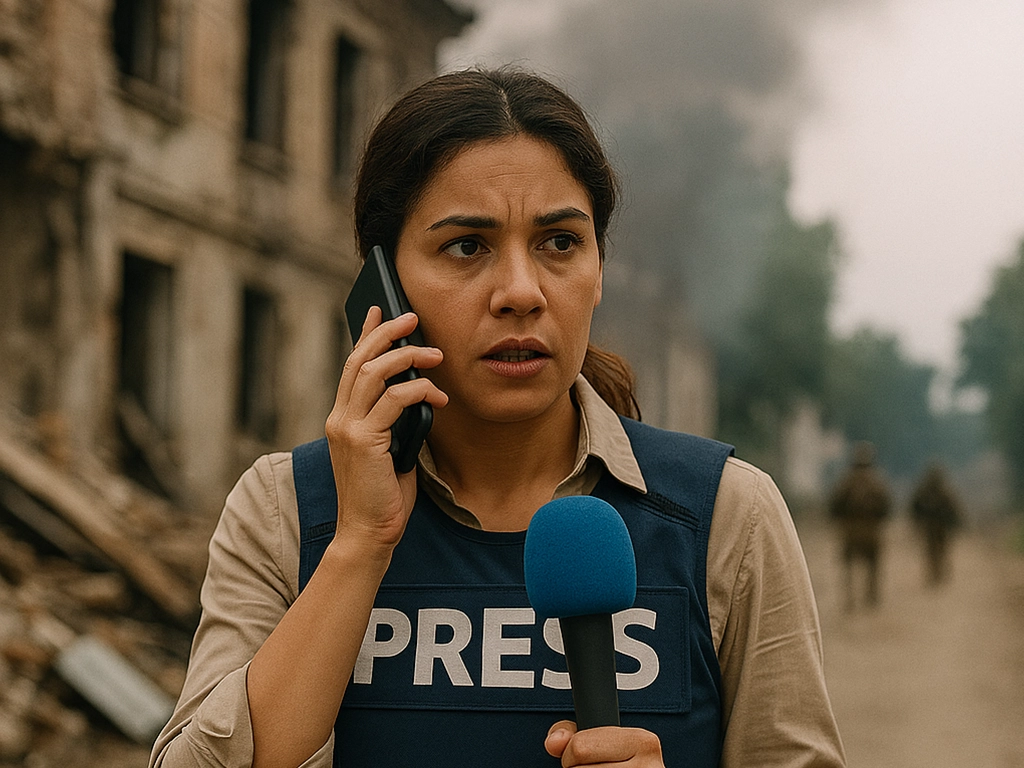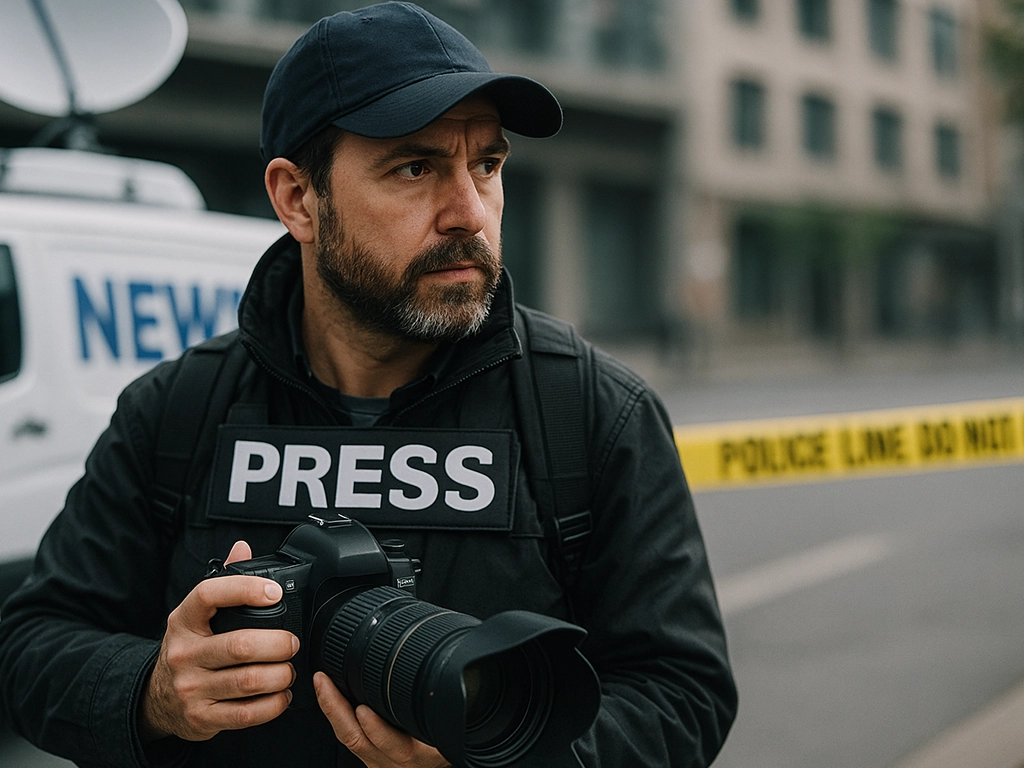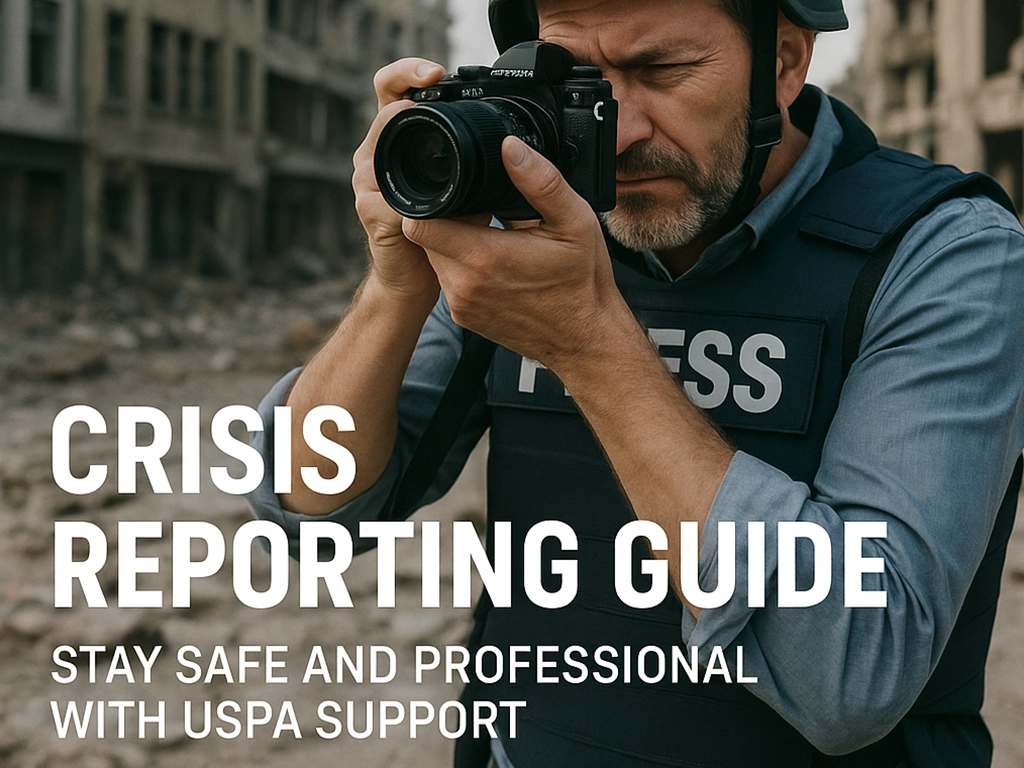Crisis reporting is one of the most demanding and essential areas of modern journalism. Journalists, photographers and media professionals often have to find themselves in an unstable environment – whether reporting on natural disasters, armed conflicts, political unrest or public health emergencies. The United States Press Agency® (USPA) recognizes the personal risk associated with crisis reporting and provides detailed guidelines to help journalists remain safe, professional, and ethical while working under extreme pressure.
The Critical Role of Crisis Reporting
In times of crisis, accurate and timely information is crucial. The public relies on reporters to provide clear, verified reports from the crime scene. Crisis reporting informs communities, influences humanitarian aid, exposes government failures, and documents the realities of situations that would otherwise go unnoticed.
Crisis reporters serve not only as witnesses, but also as historians of the unfolding events. Their work provides an essential context that shapes public understanding and policy decisions. However, such work comes with significant risks that require careful preparation and adherence to strict safety protocols.
Key principles of crisis reporting
1. Prioritize personal safety
No story is worth risking your life. Journalists must always put their safety above everything else. Key security measures include:
- Conduct thorough risk assessments before entering a crisis area.
- Understand the political, social, and cultural dynamics of the region.
- Avoid places where active conflict or unstable infrastructure can pose dangers.
- Stay in touch with your newsroom, editor, or family regularly to update your location and status.
- Always have a clear exit strategy and a contingency plan.
2. Prepare with specialized training
Crisis areas require unique skills. Journalists should continue their education in the following areas:
- Hostile Environments and First Aid Training (HEFAT): This training covers primary health care, situational awareness, and personal safety protocols.
- Cultural sensitivity: Understanding local customs, political sensitivities and power structures helps to avoid misunderstandings that could escalate into dangerous situations.
- Psychological readiness: Exposure to traumatic events can take a psychological toll. Journalists should learn coping strategies and know when to seek professional support.
3. Protective equipment and equipment
The right equipment can be life-saving. Depending on the assignment, journalists should equip themselves with:
- Protective vests (bulletproof vests and helmets) for conflict zones.
- Gas masks for reporting on protests, chemical spills, or riots.
- Satellite phones and secure communication devices in areas with limited connectivity.
- Backup batteries, GPS devices and maps in case of a technological failure.
- Personal identification and press cards that clearly demonstrate your role as a medium.

4. Build reliable local contacts
Local fixers, translators and drivers can provide important insight and logistical support. They often understand the intricacies of rapidly changing situations better than outsiders. Choose contacts carefully and build trust before arriving.
5. Ethical responsibility towards sources
Reporting in crises often involves interviews with vulnerable people who may be at risk from public statements. Journalists must:
- Obtain the consent of the respondents.
- Assess potential risks to source security before publishing identifying information.
- Use anonymity when needed to protect identities.
- Avoid pressuring individuals to share traumatic experiences.
6. Stay neutral and professional
In emotionally charged environments, neutrality becomes even more important. Journalists must:
- Avoid taking sides or engaging in political or military activities.
- Refrain from expressing personal opinions about the conflict during reporting.
- Report facts objectively, even if you witness human suffering.
Maintaining professionalism strengthens credibility and allows for continuous access to sources and locations.
7. Manage digital security
In conflict zones or repressive regimes, digital surveillance can put journalists and their sources at risk. Take precautions such as:
- Encrypt communication channels.
- Use secure messaging apps with end-to-end encryption.
- Protect data storage devices with strong passwords or physical security.
- Be careful when sharing confidential information electronically.
8. Work in teams whenever possible
Individual reporting significantly increases the risks. Whenever possible:
- Collaborate with other trusted journalists or support staff.
- Arrange set check-in times to confirm security.
- Develop contingency plans for separation or evacuation.
9. Understand legal and military protocols
Crisis areas can involve interactions with military personnel, law enforcement, or government agencies. Journalists should:
- Know local media access laws.
- Respect curfews, restricted areas, and checkpoint protocols.
- Always carry a proper ID with you.
- Stay calm and cooperative in encounters with the armed forces.

The psychological toll of crisis reporting
Crisis reporters are often witnesses to human suffering, violence and devastation. The emotional effects can lead to post-traumatic stress disorder (PTSD), anxiety, or depression. Media professionals should:
- Debriefing after the assignments with trained advisors, if available.
- Recognize early warning signs of trauma.
- Build supportive relationships with colleagues who understand the pressures of the profession.
- Take planned breaks to rest and recharge mentally.
A resilient journalist is someone who recognizes when to seek help and who views mental health care as part of professional preparation.

How the USPA supports journalists in crisis reporting
The United States Press Agency® understands the unique challenges of crisis reporting and provides important resources to its members:
- Access to safety and first aid training workshops.
- Exclusive guides on the rights of journalists in conflict zones.
- Secure communication platforms for member collaboration.
- A vast global network of journalists for on-the-ground support and partnerships.
- Mental health resources tailored to media professionals.
Through USPA’s extensive network, members can also connect with local contacts, access briefings on regional risks, and share best practices with experienced colleagues who have covered from the world’s most dangerous locations.
Become a USPA member: Fast, easy and supportive
Membership in the USPA is open to journalists, photographers, press officers, freelancers, and media professionals who value ethical standards, safety, and professional development. The application is simple and offers immediate benefits:
- Access to exclusive crisis reporting resources.
- Entry into a global network of experienced professionals.
- Discounts on safety equipment and training.
- Ongoing support with legal, ethical and professional challenges.
Whether you’re entering your first conflict zone or a seasoned correspondent, USPA membership provides protection, knowledge, and community to help you navigate dangerous situations with confidence.
Conclusion: Courage, responsibility and preparation
Crisis reporting is one of journalism’s most honorable and dangerous professions. Those who go to conflict zones, disaster zones, or unstable regions have an enormous responsibility to inform the world with accuracy, sensitivity, and integrity. But courage alone is not enough. Preparation, knowledge, ethics and professional support are essential for survival and for the production of meaningful, trustworthy journalism.
USPA’s mission is to equip crisis reporters with the tools, training, and global network they need to work safely while fulfilling their important mission. In the most dangerous situations, the strength of your preparation can save lives – including your own.
